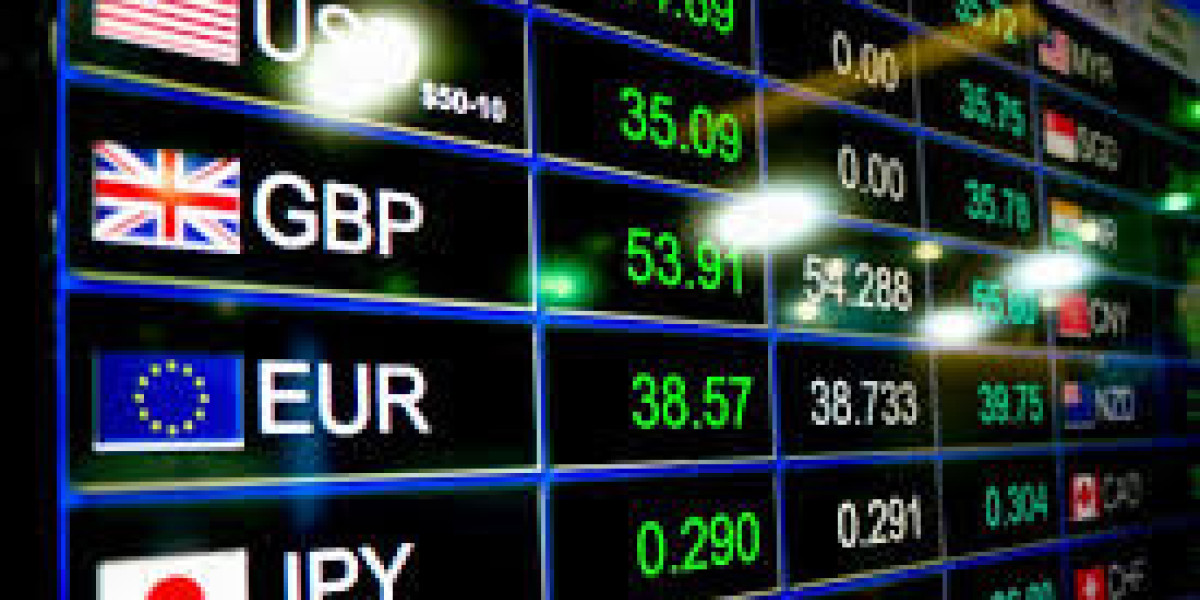In an increasingly interconnected world, understanding exchange rates has never been more crucial. Whether you’re a business owner dealing with international transactions or a traveler planning your next trip abroad, exchange rates play a pivotal role in financial decisions. This blog explores what exchange rates are, their significance, factors influencing them, and how to effectively manage them.
What Are Exchange Rates?
Exchange rates refer to the value of one currency in relation to another. They determine how much of one currency you need to spend to purchase a unit of another currency. For example, if the exchange rate between the US dollar (USD) and the euro (EUR) is 1.20, it means that one dollar can be exchanged for 1.20 euros. This simple relationship is foundational to international trade, investments, and travel.
Types of Exchange Rates
Floating Exchange Rate: This rate fluctuates based on market demand and supply. Most major currencies, like the USD and EUR, operate on a floating exchange rate system.
Fixed Exchange Rate: In this system, a country's currency value is tied to another major currency or a basket of currencies. For instance, the Saudi riyal is pegged to the US dollar.
Pegged Exchange Rate: This is a variation of a fixed rate where a currency is tied to a specific value but may allow for slight fluctuations within a set range.
Why Exchange Rates Matter
1. Impact on International Trade
Exchange rates are fundamental in determining the cost of imports and exports. A favorable exchange rate can make a country's goods cheaper for foreign buyers, potentially boosting exports. Conversely, a strong domestic currency may increase import costs, impacting local businesses and consumers.
2. Investment Decisions
Investors closely monitor exchange rates when deciding where to allocate capital. A strong currency can attract foreign investments, while a weak currency might deter them. Moreover, fluctuations in exchange rates can impact returns on investment for foreign investments.
3. Travel and Tourism
For travelers, understanding exchange rates can mean the difference between an affordable trip and a costly one. A favorable exchange rate allows travelers to stretch their budgets further, making it crucial to monitor rates before embarking on international journeys.
4. Economic Indicators
Exchange rates are often considered indicators of a country’s economic health. Fluctuations can signal changes in economic policy, inflation rates, or geopolitical events, making them essential for economists and policymakers.
Factors Influencing Exchange Rates
Understanding the factors that influence exchange rates is essential for anyone involved in international finance or travel. Here are some of the primary determinants:
1. Interest Rates
Central banks set interest rates, which can significantly affect currency value. Higher interest rates offer lenders a higher return relative to other countries, leading to increased demand for that currency and subsequently raising its value.
2. Inflation Rates
A country with a lower inflation rate than other countries will see an appreciation in the value of its currency. Lower inflation rates typically lead to higher purchasing power relative to other currencies, making it an attractive option for foreign investors.
3. Political Stability and Economic Performance
Countries with less risk for political turmoil are more attractive to foreign investors. Political stability and robust economic performance can lead to a stronger currency. Conversely, instability can result in currency depreciation.
4. Trade Balances
A country that exports more than it imports generally has a stronger currency. A positive trade balance indicates strong demand for a country’s goods, leading to increased demand for its currency.
5. Speculation
Currency traders’ expectations about future movements in exchange rates can also impact current rates. If traders believe a currency will strengthen, they will buy it, driving up its value.
Managing Exchange Rates in Business
For businesses engaged in international transactions, effectively managing exchange rates is vital to minimizing risk and maximizing profits. Here are some strategies:
1. Hedging
Businesses can use financial instruments, such as forward contracts, to hedge against currency risk. This allows them to lock in an exchange rate for future transactions, protecting against adverse rate fluctuations.
2. Diversification
Diversifying supplier and customer bases across multiple currencies can help mitigate the risks associated with currency fluctuations. This approach reduces reliance on any single currency and spreads risk.
3. Monitoring Exchange Rates
Regularly monitoring exchange rates can provide businesses with insights into when to make purchases or sales. Utilizing currency exchange APIs can help automate this process, ensuring timely and informed decisions.
Exchange Rates and Technology
1. The Role of APIs
With the rise of technology, businesses can now access real-time exchange rate data through currency exchange APIs. These tools provide instant updates on fluctuations, allowing businesses to make informed decisions quickly.
2. E-commerce and Payment Processing
For e-commerce platforms, offering competitive exchange rates can enhance user experience and attract international customers. By integrating exchange rate APIs, businesses can provide dynamic pricing based on real-time currency values.
The Future of Exchange Rates
As globalization continues to evolve, so will the dynamics of exchange rates. Factors such as advancements in technology, shifts in geopolitical power, and emerging markets will influence currency valuation in the coming years.
1. Digital Currencies
The rise of cryptocurrencies and central bank digital currencies (CBDCs) could significantly alter the landscape of exchange rates. As more people adopt digital currencies, traditional exchange rate mechanisms may face new challenges and opportunities.
2. Global Economic Trends
Economic trends such as globalization, trade agreements, and shifts in consumer behavior will continue to impact exchange rates. Understanding these trends can help businesses and individuals make better financial decisions.
Conclusion
In summary, exchange rates are a critical element in the fabric of global finance, impacting everything from international trade to everyday travel. By understanding what influences these rates and how to manage them effectively, individuals and businesses can navigate the complexities of the financial world with greater confidence. Whether you’re a seasoned investor or planning your next trip abroad, keeping an eye on exchange rates will help you make informed and advantageous decisions.
Stay informed, utilize technology, and adapt to the ever-changing landscape of exchange rates to ensure financial success in our global economy.








